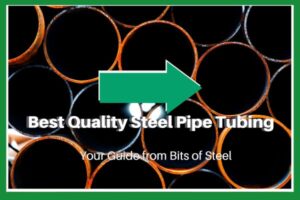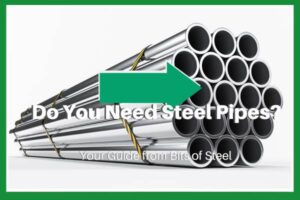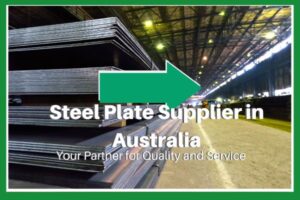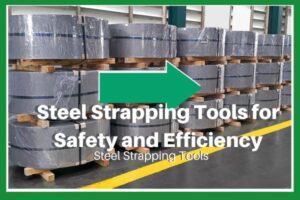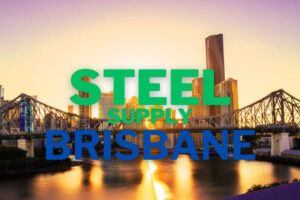Australia’s WTO Setback: A Closer Look at the Implications
In a recent decision that captured global attention, the World Trade Organization (WTO) identified procedural flaws in Australia’s imposition of tariffs on certain steel imports from China.
This finding, stemming from a complaint lodged by China in June 2021, spotlighted the
Anti-Dumping Commission’s (ADC) application of anti-dumping and anti-subsidy measures on railway wheels, wind towers, and stainless-steel sinks. Acknowledging the WTO panel’s critique,
Australian Trade Minister Don Farrell committed to rectifying the identified “technical issues” in duty calculations, underlining a proactive approach to adhere to fair trade practices while maintaining the system’s robustness and non-discriminatory nature.
Despite the government’s assurance of the system’s integrity, questions linger about the ADC’s oversight and the efficacy of its protective mechanisms. Historically, Australia had leveraged tariffs as a countermeasure against unfair pricing, applying duties of up to 60.2% on certain Chinese imports. The WTO’s unambiguous stance in favor of China underscores a pivotal moment for Australia to reassess and amend its trade remedy strategies.
Understanding Trade Terms: A Primer
In the intricate world of international trade, terms like “dumping” and “subsidisation” are pivotal. The ADC delineates dumping as the act of exporting goods to Australia at prices lower than those in the product’s home market. Subsidisation refers to the financial advantages exporters gain from their governments, potentially undermining fair competition. Anti-dumping measures, therefore, are duties imposed to safeguard Australian industries from such practices, aiming to mitigate the adverse effects on local sales, profits, and market dynamics.
Current Trends and Future Projections
The iron ore sector, a cornerstone of Australia’s export economy, recently witnessed a stabilization in prices, with current figures hovering around USD 101 per metric ton. As the globe’s premier iron ore supplier, Australia plays a critical role in the steel manufacturing ecosystem, predominantly serving China’s vast demand. However, industry forecasts suggest a shift towards more sustainable steel production methods, potentially impacting Australia’s iron ore export landscape. The emphasis on higher-grade ore and scrap steel points towards an industry on the cusp of transformation, driven by decarbonization efforts and technological advancements in steel production.
Sustainable Practices and Industry Events
As the industry navigates these evolving challenges, the Australian Steel Association’s upcoming Melbourne event, “Forging A Sustainable Future: ESG Insights & Carbon Reduction in the Steel Industry,” promises valuable insights. Scheduled for April 9, 2024, this gathering will feature experts from KPMG and the Commonwealth Bank, offering perspectives on sustainability and the transition towards greener steel production.


